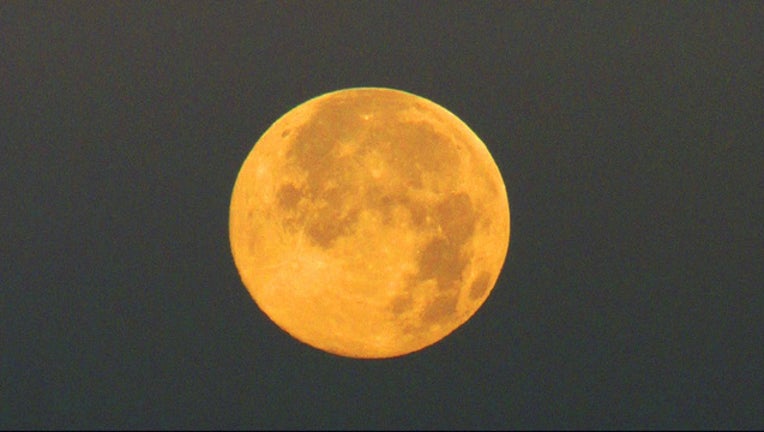'Strawberry moon,' summer solstice marks summer's official start

Full moon, taken by Rick Dickert in SkyFOX in Los Angeles on June 20, 2016.
TAMPA, Fla. - If the extreme heat baking much of the country wasn't enough of an indicator of summer's arrival, Mother Nature will make it official later Monday when the summer solstice marks the start of the season.
In the United States, summer begins at 6:34 p.m. on the East Coast.
"The Earth has arrived at a point around the sun that we receive the most sunlight," said Derrick Pitts, chief astronomer at The Franklin Institute science museum in Philadelphia.
Monday is the day that the Northern Hemisphere sees more hours of daylight than any other.
The days will begin to get measurably shorter next week. The number of hours of daylight will continue to shrink until Dec. 21, the winter solstice.
A full moon also coincides with Monday's solstice, a rare lunar coincidence that hasn't happened in nearly 70 years. During this once-in-a-lifetime event, the moon will rise at 8:41 p.m. June 20 and set at 7:41 a.m. on June 21. The moon will reach peak fullness at 1:20 a.m.
June's full moon has traditionally been nicknamed the strawberry moon, a name Pitts said alludes to strawberry harvest season.
The moon will appear low in the sky for much of the night and could take on an amber hue because of atmospheric conditions. While the sun is high in the sky, the moon hangs low, which forces light through thicker air. And if it’s humid, the combination of thick air and a low hang in the sky can give the moon an amber glow.
Jupiter and Mars are both prominent, and now Saturn has made its way into the evening mix. The best time for viewing Saturn is in June and July. The ringed planet will be at its brightest and in the sky all night long. This is because Saturn’s opposition was in early June. Even though you can’t see Saturn’s rings with the naked eye, it will still appear as a bright golden star.

